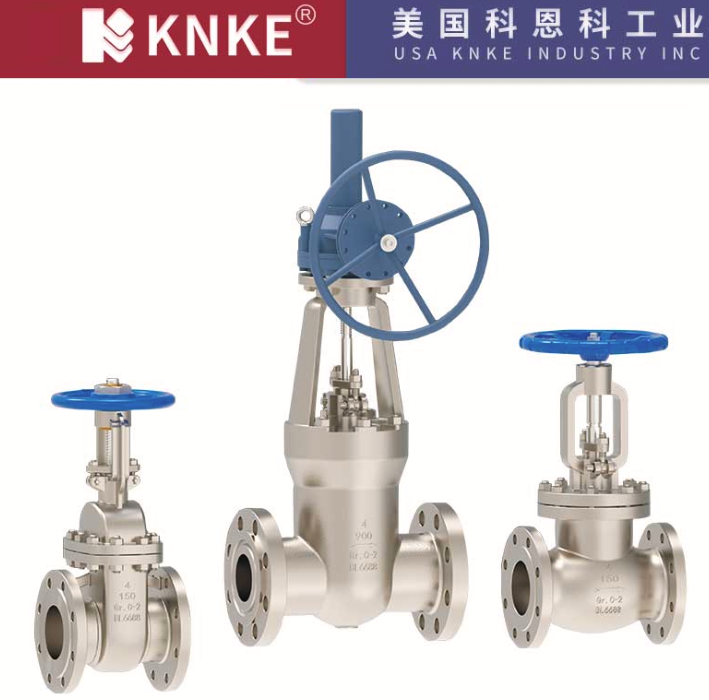Structural Characteristics of Cryogenic Gate Valves
Cryogenic gate valves serve as essential components in systems that handle liquefied natural gas (LNG), liquid nitrogen, liquid argon, and liquid oxygen. These media operate between -196°C and -40°C, and conventional valves often fail because materials become brittle or seals lose effectiveness. To solve these issues, engineers design cryogenic gate valves with unique structural features that ensure safe and reliable performance.

1. Main Structural Characteristics of Cryogenic Gate Valves
1. Valve Body Structure
Manufacturers use forgings or cryogenic-grade cast steel to build the valve body. This choice provides toughness and strength at extremely low temperatures, which prevents fractures and leakage. Designers also add an extended bonnet, keeping the packing chamber away from the cryogenic zone. As a result, the packing maintains flexibility and avoids hardening.
2. Bonnet and Stem Design
- Extended Bonnet: Engineers extend the bonnet so that the packing chamber stays at ambient temperature. This adjustment reduces the influence of cryogenic conditions on sealing components.
- Stem Material: Designers select stainless steel or alloy steel with excellent cryogenic toughness. Because of this, the stem resists brittle fractures. Furthermore, they conduct impact tests at low temperatures to verify strength and reliability.
3. Sealing Structure
- Flexible Wedge Gate: Many cryogenic gate valves adopt a wedge-type gate design. This feature enables bidirectional sealing and minimizes leakage.
- Sealing Materials: Engineers overlay seal surfaces with Stellite alloy or apply special wear-resistant coatings. These methods increase durability against cryogenic erosion.
- Seat Design: By using replaceable seats, manufacturers simplify maintenance and extend service life.
4. Packing and Sealing Components
Cryogenic valves require packing materials that remain effective at low temperatures. For this reason, engineers often use graphite or PTFE (polytetrafluoroethylene) composites. In addition, they design the seal in a stepped structure, which enhances sealing reliability and prevents leakage.
5. Anti-Static and Fire-Safe Design
Since LNG and similar media ignite easily, engineers equip cryogenic valves with anti-static devices. These features discharge static electricity during operation and lower the risk of sparks. Moreover, designers include fire-safe measures, which ensure the valve maintains basic sealing even under fire conditions.
6. Insulation and Drainage Design
In certain cases, cryogenic gate valves come with drain ports and insulation jackets. These additions allow operators to release residual cryogenic media during shutdown or maintenance. Consequently, they prevent dangerous expansion when the liquid vaporizes.
2. Advantages of Cryogenic Gate Valves
Cryogenic gate valves demonstrate several advantages:
- They operate stably at extremely low temperatures down to -196°C.
- They provide excellent sealing performance, which reduces leakage of cryogenic media.
- They offer high safety and reliability thanks to anti-static and fire-safe features.
- They simplify maintenance, since operators can replace seats and packing easily.
Cryogenic gate valves rely on extended bonnets, carefully selected materials, optimized sealing structures, and enhanced safety measures. These features allow them to perform reliably in harsh cryogenic environments. Moreover, as industries such as LNG, liquid hydrogen, and aerospace continue to expand, cryogenic gate valves will play an increasingly vital role in global energy and chemical applications.
